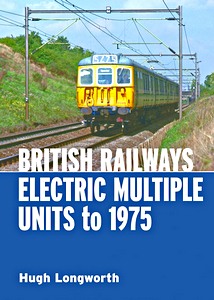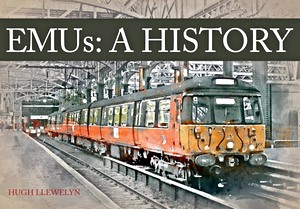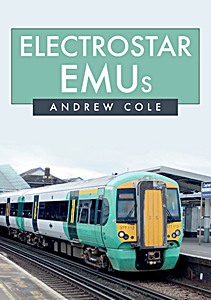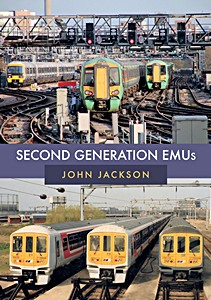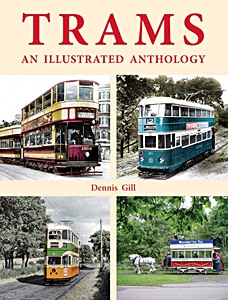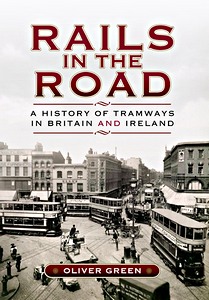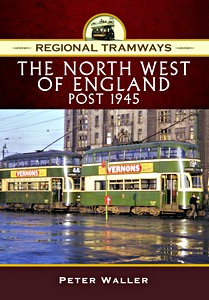British Railways Electric Multiple Units to 1975
This comprehensive numbers book shows data on all the main line EMUs built up to 1975, including all the units that were built earlier by the individual companies before nationalisation as well as under BR.
The book covers all units that have finished their service life and concludes with the Class 312 units, older units and coaches rebuilt (including all the Gatwick Express units) and the PEP prototype sets.
The book gives the same data on each class, covering performance, dimensions, capacity, number series etc. Each type is covered in detail with information about construction, technical specifications, entry into service, withdrawal and final fate.
Additional sections describe unit formations together with individual histories of each vehicle including an indication of depot allocation during service. All the information included is accompanied by a line drawing of each class and there is an interesting selection of accompanying photographs showing the great variety of EMUs constructed from the end of the 19th century to 1975.
Szczegóły
| Autor: | Hugh Longworth |
|---|---|
| Wydanie: | 368 strony, 31 x 22 x 2.9 cm, twarda oprawa |
| Ilustracje: | bogato ilustrowana |
| Wydawca: | Ian Allan Publishing (GB, 2015) |
| ISBN: | 9780860936688 |

